
December brings some of the darkest and shortest days of the year. During this time, I often find myself trying to get out for a walk to enjoy the short-lived sunshine and see what is happening in other garden spaces. I love spotting wonderful winter-blooming plants, since there are so many that are just starting to bloom in the month of December. Here are a few winter-blooming shrubs that I recommend for winter interest in Northwest gardens.
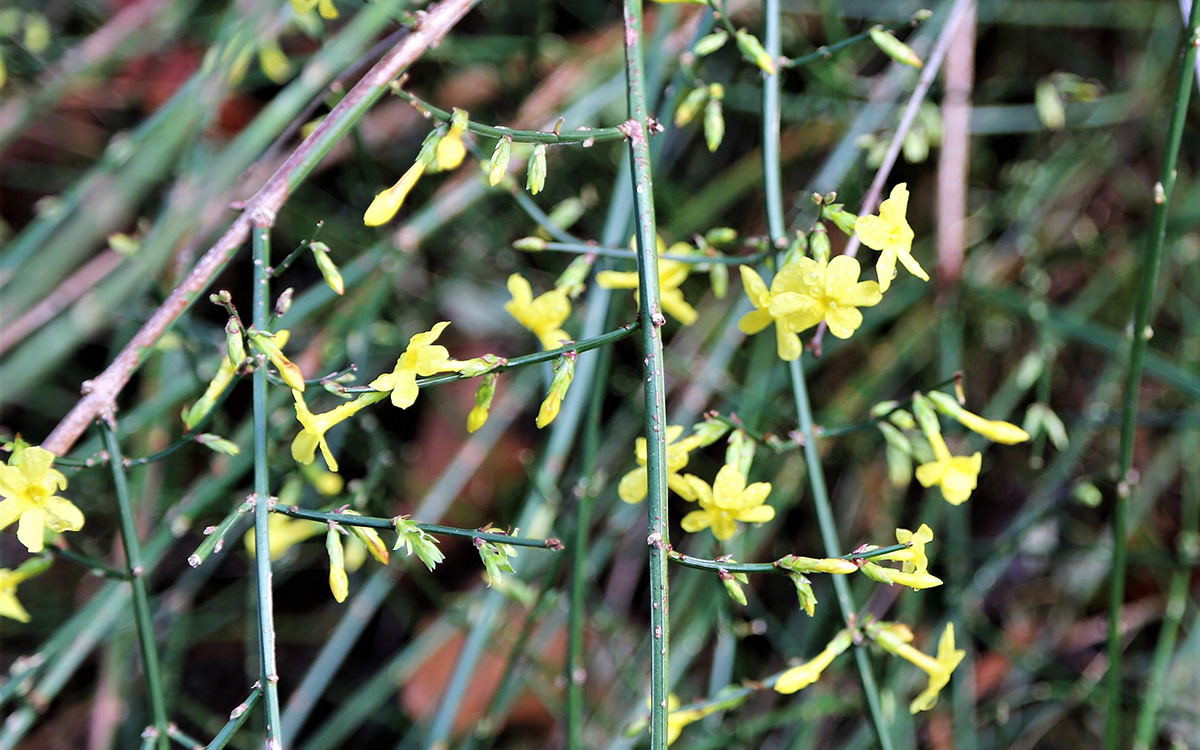
Winter jasmine
Jasminum nudiflorum, Zones 6–9
Winter jasmine is a bright and cheery plant for any winter garden. This species has not made up its mind whether it wants to be a shrub or a vine. Its growth habit will depend on where you grow it; if you like the look of an informal, loose, low hedge, you can plant it in front of taller trees and shrubs, where it will grow easily. It will also scramble up a fence or trellis for a vining effect. And I have seen it grown over the edge of a wall or rockery for a great cascading look. Winter jasmine is deciduous, and the long, arching, bare branches are covered with bright yellow flowers in winter. This plant is unfussy about its conditions, but it flowers best in full sun. It will grow 4 to 8 feet tall and wide. Grow it in full sun to partial shade, in lean to rich and moderate to dry soils. It is drought tolerant once established.
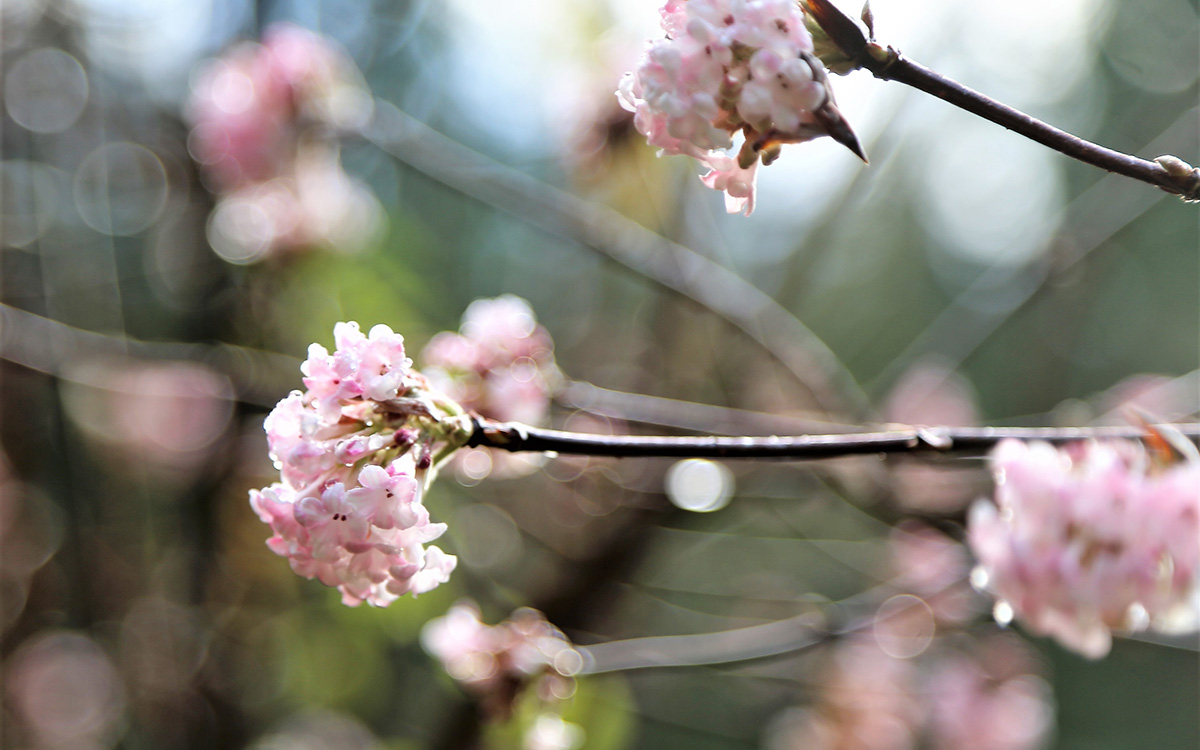
‘Pink Dawn’ Bodnant viburnum
Viburnum × bodnantense ‘Pink Dawn’, Zones 5–9
All viburnums (Viburnum spp. and cvs., Zones 3–9), both deciduous and evergreen varieties, are great anchor plants in Northwest gardens. This stately looking deciduous shrub is a stunner during winter. After the beautiful dark burgundy autumn foliage drops and the winter rains start, the flower buds start to plump up and get ready to wow us with their amazing scent in December and often all winter long. ‘Pink Dawn’ has wonderful dark pink buds that mature to pale pink flower clusters on bare branches. Make sure to site this plant near an entryway or a window so that you can enjoy the fragrance and sight indoors. ‘Pink Dawn’ Bodnant viburnum will grow 8 to 10 feet tall and 4 to 6 feet wide. Grow it in full sun to partial shade in average to moist rich soil.
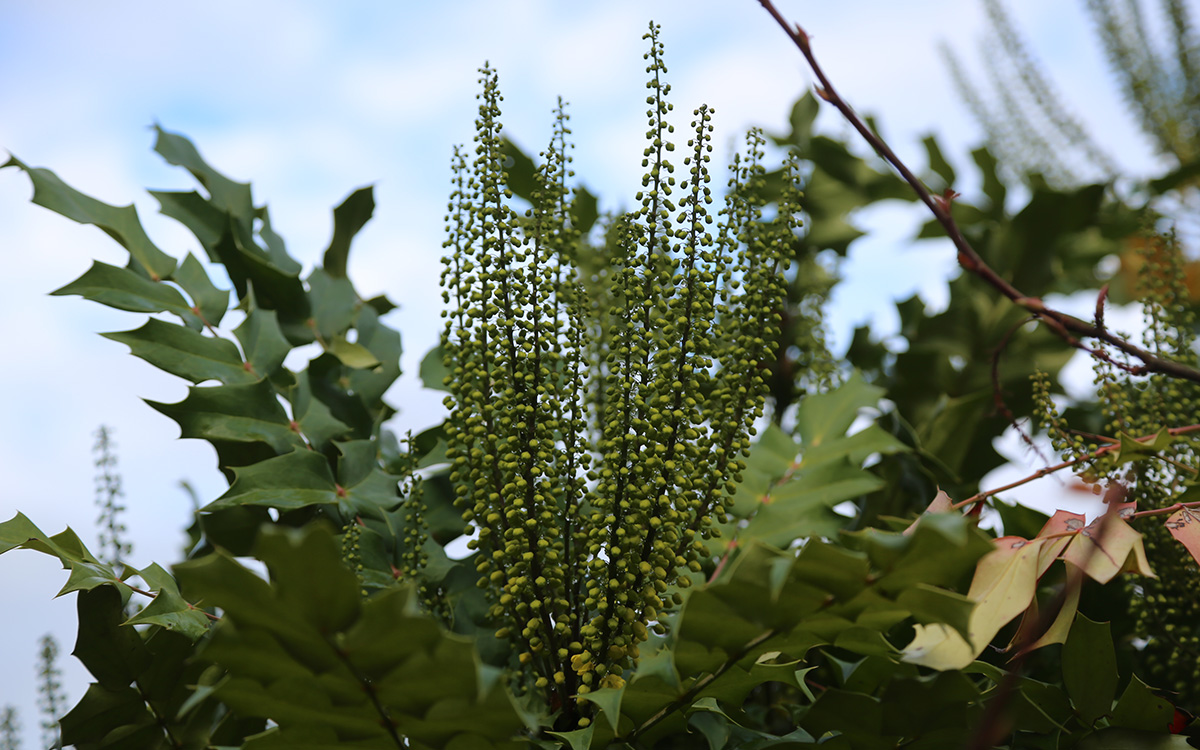
‘Charity’ mahonia
Berberis × hortensis syn. Mahonia × media ‘Charity’, Zones 7–10
‘Charity’ mahonia is an essential Northwest winter-flowering shrub. I have three of them in my own garden, and they look lovely in the beginning of December when their long flower clusters start to open. After the flowers fade, there are often many dark berries that birds will enjoy as the winter progresses. ‘Charity’ mahonia does take a while to get established, but once it does, it really shines in any garden. The foliage, of course, is both beautiful and dangerous. The long and divided leaves have sharp spines that look very architectural; just make sure to plant this shrub away from any walkways or seating areas where the sharp spines would not be welcome. Wear sturdy gloves when cleaning up around this shrub to protect your hands from the spines. ‘Charity’ mahonia grows in full sun to partial shade in rich to lean acidic soils with moderate to dry soil moisture. ‘Charity’ mahonia is drought tolerant once established. It will grow 10 to 15 feet tall and 4 to 12 feet wide.
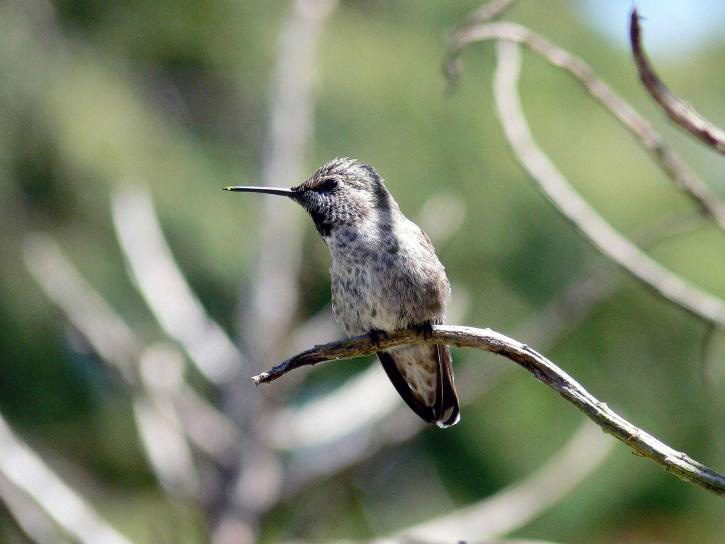
While there are many more shrubs to consider that look great in winter and bloom during the darkest days of the year, I hope you can start by trying one or all of these in your garden to make those gray, cold winter days feel a little brighter. As a bonus, the nectar from the flowers of each of the above shrubs helps to feed native, overwintering Anna’s hummingbirds (Calypte anna) in our region. ‘Charity’ mahonia will even attract insects that the hummingbirds will feed on as well.
—Jason Jorgensen owns and operates Third Spring Landscape Design in Seattle.
Fine Gardening Recommended Products

DeWalt Variable-Speed Cordless Reciprocating Saw
Fine Gardening receives a commission for items purchased through links on this site, including Amazon Associates and other affiliate advertising programs.
- 18.31 x 6.13 x 4 inches
- 1-1/8-inch stroke length
- Variable speed trigger with 0-3000 spm

ARS Telescoping Long Reach Pruner
Fine Gardening receives a commission for items purchased through links on this site, including Amazon Associates and other affiliate advertising programs.

Sun Joe Cordless Telescoping Pole Chain Saw
Fine Gardening receives a commission for items purchased through links on this site, including Amazon Associates and other affiliate advertising programs.


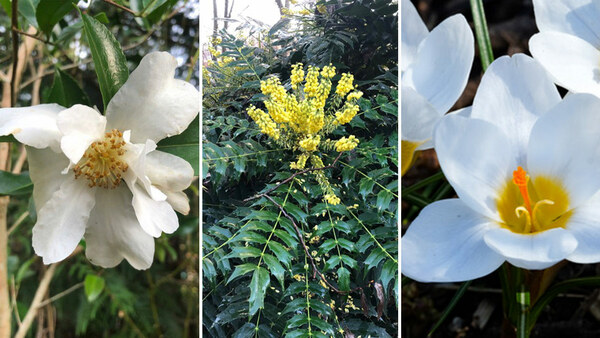


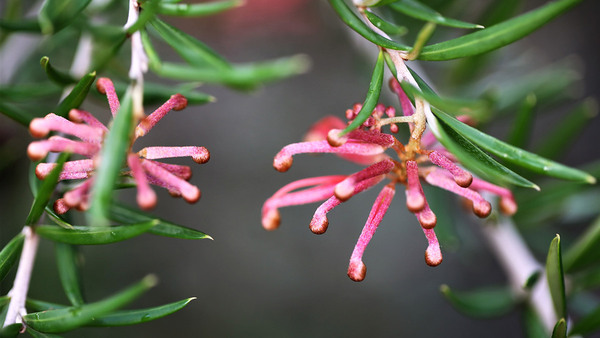













Comments
Log in or create an account to post a comment.
Sign up Log in